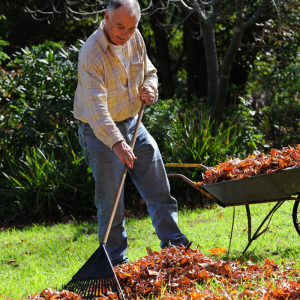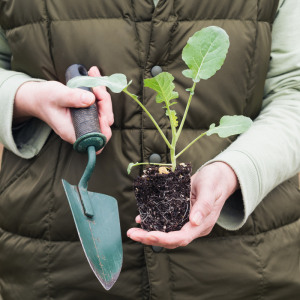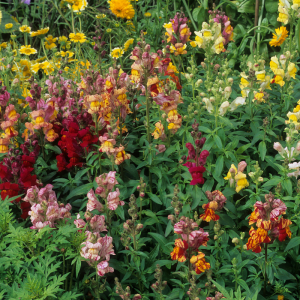You may not be thinking about your 2022 fall garden yet, but now is the perfect time to prepare it for the changing seasons. By taking some simple steps now, you can ensure that your garden is healthy and thriving come autumn. Read on to find out what you need to do!
What You Should Do to Prepare Your Garden for the Fall

1. Start cleaning up any dead leaves or debris that accumulated over the summer. This will help keep your garden tidy and prevent pests from residing.
2. Next, you’ll want to cut back any perennials that have died for the season. Be sure to leave a few inches of stem so they can regrow next year. Note: You should not cut back woody perennials like azaleas or rose bushes as the woody stems have already put out next year’s buds. By cutting them at this point in the year, your azalea or rose bushes may suffer bloom loss next summer.
3. If you haven’t already done so, now is the time to start planting fall bulbs like daffodils and tulips. Bulbs must be produced before the first frost blooming in the spring.
4. Finally, you’ll want to take steps to protect your plants from frost damage. Covering them with a layer of mulch or burlap can help insulate them from the cold weather.
Following these simple steps, you can ensure your garden is ready for the fall season.
How to Incorporate Cool-Season Plants into Your Garden

One way to prepare your garden for fall is to incorporate cool-season plants. These plants are tolerant of cooler temperatures and can provide color and interest in your garden after the heat of summer has passed. Some examples of cool-season plants include pansies, violas, and snapdragons.
Another way to prepare your garden for fall is to start planting bulbs. Bulbs such as daffodils, tulips, and crocuses will sprout and bloom in the spring, adding color and life to your garden when everything else is still dormant.
What Plants are Best for Fall 2022

One of the most important things to do is plant fall-flowering bulbs. These bulbs will bloom in the fall and provide color to your garden when other plants have started to die back. Some popular fall-flowering favorites are chrysanthemums (garden mums), dianthus, and ornamental kale.
It’s also a good idea to start mulching your garden beds. This will help to insulate the soil and protect the roots of your plants from the cold weather. You can use leaves, straw, or even wood chips as mulch.
Finally, you’ll want to ensure you have a plan for watering your plants in the fall. As the days get shorter and the temperatures drop, your plants need less water. As a result, you may need to water them less often, or you may need to change the way you water them altogether. You’ll want to ensure winter protection for your tender plants. This could be a cold frame, a greenhouse, or even just some burlap wrapped around the base of the plant.
By taking these steps, you can ensure that your garden is ready for the cooler months ahead.



